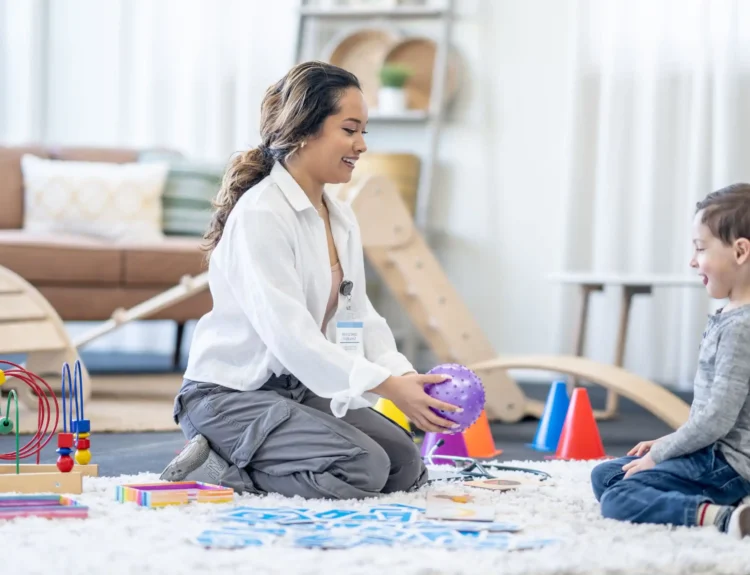Why Designing a Patio Matters
A well-designed patio can significantly enhance the value and enjoyment of your home. A thoughtfully designed outdoor patio extends your living area, allowing for relaxation, entertainment, and quality family time. It’s an investment that pays off in property value, memories created, and moments shared with loved ones.
A well-planned patio transforms your backyard into a versatile space where you can dine alfresco, host gatherings, or unwind in the fresh air. The right design maximizes the use of available space. It creates a seamless flow between your indoor and outdoor living areas. This continuity between spaces can contribute to a more harmonious and inviting home environment.
Essential Elements of Patio Design
Consider factors such as space, functionality, and aesthetic appeal when designing a patio. Focus on seating arrangements, lighting, and pathways to create a cohesive and inviting atmosphere. A well-balanced design incorporates these elements to turn a basic patio into a luxurious outdoor retreat.
Seating Arrangements
Comfortable seating is a cornerstone of any inviting patio. Consider various options, including kitchen islands, sofas, chairs, and even hammocks, to accommodate different activities and preferences. Arrange the seating to encourage conversation and use different vantage points to take the surrounding landscape. Consider incorporating weather-resistant cushions and throws for added comfort and style.
Lighting
Proper lighting extends the usability of your patio into the evening hours. Combine ambient, task, and accent lighting to create the perfect mood and ensure safety. Consider solar-powered lights for an eco-friendly option, and experiment with different light fixtures like string lights, lanterns, and pathway lights to add a touch of whimsy and elegance to your outdoor space.
Pathways
Pathways guide movement and define spaces within your patio layout. Use materials and designs that complement your overall theme to enhance aesthetic appeal. Paved paths can be functional and visually appealing, directing guests seamlessly from one area to another while adding a dynamic element to the patio design.
Choosing the Right Materials
The choice of materials for your patio will impact its look and durability. Popular options include concrete, natural stone, and pavers. Each material offers distinct advantages and adds its charm to the outdoor space. Finding the best materials for your patio involves considering climate, maintenance, and aesthetics. For instance, natural stone offers a timeless look but may require more upkeep than concrete or pavers.
Pavers are a particularly versatile option, available in various colors, shapes, and textures, allowing for custom designs that fit your vision. Concrete is highly durable and can be stained, stamped, or etched to create interesting patterns and finishes. Natural stone, while more expensive, brings an unmatched rustic elegance. When selecting materials, balance your budget with your desired aesthetic and the material’s ability to withstand local weather conditions.
Planning Your Layout
Good layout planning is key to a functional and visually appealing patio. Consider pedestrian flow, the position of furniture, and how different zones will interact. Use planning tools such as sketching maps or digital design software for effective space utilization.
Engage in thoughtful planning to ensure that each area of your patio serves its intended purpose. Whether you’re creating a cozy nook for reading or a larger space for entertaining, the layout should facilitate movement and comfort. Plan for multiple zones to cater to various activities, including dining, lounging, and cooking areas.
Involve your family or friends in the planning process to gather different perspectives and ensure the patio meets everyone’s needs. Incorporate flexible furniture arrangements that can be easily reconfigured for different occasions, and plan for storage solutions that keep the space tidy when not in use.
Incorporating Nature and Greenery
Plants and natural elements create a refreshing ambiance, making your patio more inviting. Think about adding potted plants, flower beds, and even small trees. Creating a green oasis not only enhances beauty but also promotes well-being. Various studies have shown that being around greenery can reduce stress and improve mental health.
Consider using a variety of plant types to introduce different textures, colors, and scents. Expert tips on incorporating greenery can guide you in selecting plants that thrive in your local climate and require minimal maintenance. Succulents, for example, are low-maintenance and can survive in various conditions, while blooming flowers add seasonal charm. Incorporating vertical gardens or hanging planters can maximize space and provide lush greenery without taking up the ground area. Natural elements like wooden planters, stone pathways, and water features can also create a tranquil and harmonious outdoor environment.
Enhancing Functionality with Multipurpose Features
Multipurpose features like built-in seating, fire pits, and storage elements can greatly enhance the usability of your patio. These additions make the space more versatile and convenient for various activities, from hosting parties to quiet evenings with books. Built-in benches, for instance, provide seating space while keeping the area clutter-free.
Built-in features also contribute to a cleaner, more organized look. For instance, a fire pit doubles as a focal point and a heat source, extending the usability of your patio into cooler months. Consider built-in planters to add greenery without needing separate pots or a built-in bar area for entertaining guests.
Adding storage solutions like under-seat compartments or outdoor cabinets keeps essentials handy yet out of sight. These functional features ensure that your patio is practical and aesthetically pleasing, making it a true extension of your living space.



